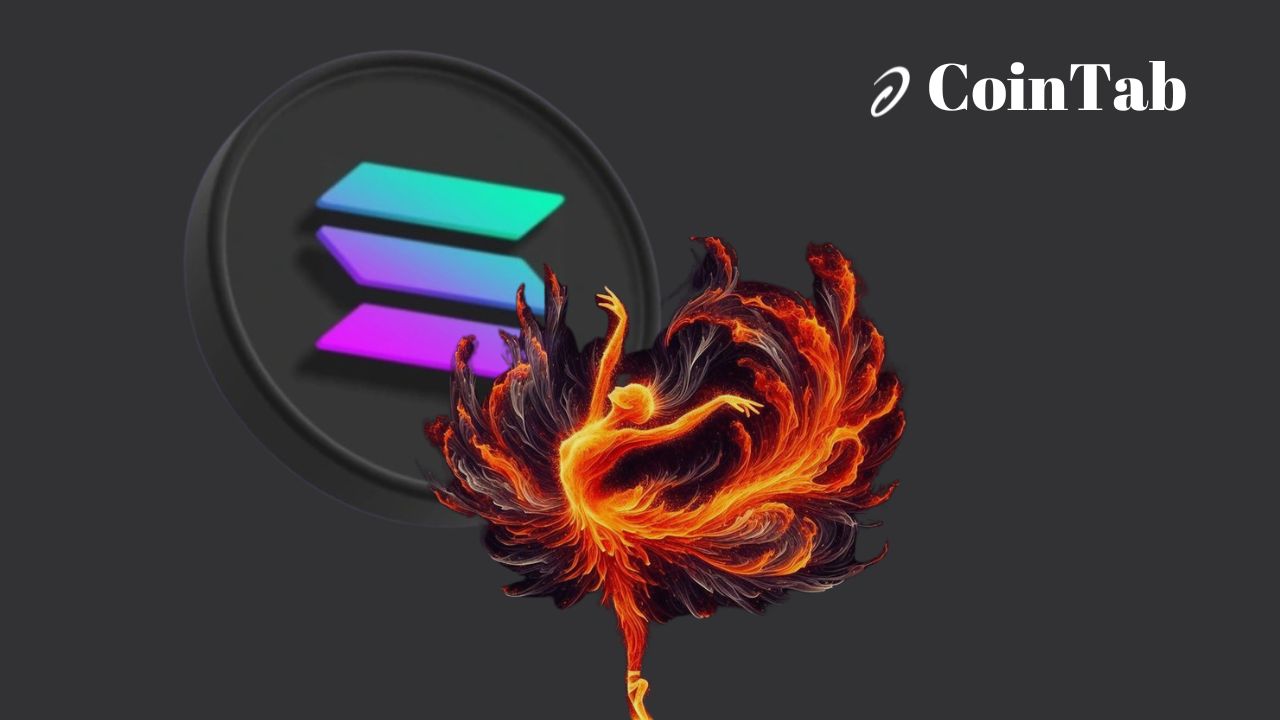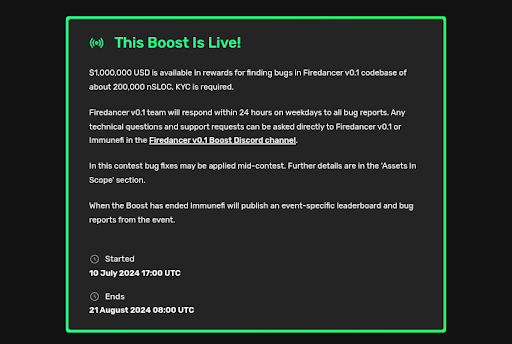What is Solana Firedancer? Everything You Need To Know
0
0

The Solana blockchain has consistently pushed the boundaries of performance and scalability in the crypto space. With the introduction of Firedancer, Solana aims to take its capabilities to the next level. This upgrade is designed to significantly improve the network’s scalability and peer-to-peer interface, making Solana more robust and efficient than ever before.
But what exactly is Solana Firedancer, and why is it such a game-changer for the blockchain? How does it enhance the network’s performance, and what implications does it have for the future of decentralized technology? Is Solana Firedancer secure enough to protect your transactions and data?
In this comprehensive guide, we’ll dive deep into these questions and more. You’ll discover the technical intricacies of Solana Firedancer, understand its critical role in the blockchain’s ecosystem, and learn about its security features.
By the end of this article, you’ll have a complete understanding of Solana Firedancer. This is your definitive resource for everything you need to know about this major upgrade, ensuring you’re well-informed about the latest advancements in the Solana network.
What is Solana Firedancer?
Solana Firedancer is a new validator client designed to enhance the Solana network’s performance and transaction processing speed.
What is a validator client? A validator client is a software application that ensures the smooth running of transaction validation processes. It allows validators to verify transactions, interact with the network, and participate in consensus.
Developed by Jump Crypto, a Web3 infrastructure company, Firedancer aims to boost Solana’s efficiency by optimizing how validators process transactions and interact with the network.
While Solana is inherently a fast blockchain, producing about 50,000 transactions per second, its performance can be further upscaled. The Firedancer upgrade has the potential to push Solana’s transaction speed to up to one million transactions per second, making it a much faster and more efficient network.
This potential was demonstrated in a live demo broadcast in November 2022, where a single validator running on Firedancer processed 1.2 million transactions per second.
Solana Firedancer’s live testnet was launched in October 2023, though the mainnet release date is yet to be announced. According to a Reddit thread, the validator client is expected to launch in the third quarter of 2024.
In July 2024, a bug bounty program was announced by a pseudonymous engineer, Cantelope Peel, to allow developers to test Solana Firedancer before its official launch. Hosted by the platform Immunefi, the event began on July 10, 2024, and will last for six weeks, concluding on August 21, 2024. Developers who detect any bugs in Firedancer during this period will share a reward pool of $1 million worth of USDC stablecoin.

What is Solana Firedancer Used For?
Firedancer’s network processing can handle an increasing number of activities on the blockchain, which are classified into two categories: inbound and outbound. Inbound activities refer to transactions initiated by users on the blockchain, while outbound activities include block creation and block packing.
Firedancer also aims to improve Solana’s peer-to-peer interface for processing transactions. How? Due to its inability to handle heavy transaction loads, Solana has previously experienced significant network outages. One such downtime occurred on September 14, 2021, and lasted for 17 hours. A similar occurrence took place about seven months later and lasted for seven hours.
To prevent future network outage, Solana has made several upgrades, including Firedancer. Firedancer adopts a transport network protocol called QUIC, an essential tool for managing network traffic. Its QUIC implementation, known as fd_quic, prevents data loss from processed transactions.
Solana’s current validator client, Solana Labs Rust, operates as a single process. However, Firedancer comprises multiple individual Linux C processes known as tiles. These tiles are the basis for Firedancer’s overall efficiency. Since they work independently, failures in one tile have little effect on the entire validator client. This differs from Solana Labs Rust, where a single failure can crash the system. Furthermore, Firedancer can immediately replace these individual tiles when they experience failures without causing a network outage.
Another concept facilitated by Solana Firedancer is Non-Uniform Memory Access (NUMA) Awareness. NUMA is a computer memory design where a processor can access its local memory faster than memory owned by another processor. Solana Firedancer is NUMA-aware, enabling it to efficiently handle memory and process high volumes of transactions using hardware resources.
Why is Firedancer Important for Solana?
Firedancer is essential for the Solana ecosystem for several reasons. As explained earlier, the validator client ensures faster, more efficient, and more secure transactions on the blockchain.
The Ethereum network has multiple validator clients maintained by independent teams. This client diversity is vital because it strengthens the network’s resilience. When one client develops a bug, the effect does not extend to other clients within the network, ensuring the smooth running of the blockchain without interruption.
With Firedancer being launched to run on Solana, the network will become more resilient and resistant to attacks. Here are some specific use cases:
Interoperability: Firedancer seeks to broaden Solana’s security features, allowing users to interact seamlessly with and transfer assets to other blockchain networks.
DeFi and dApps: Firedancer’s potential to increase the blockchain’s transaction processing speed will enable developers to create more efficient DeFi applications on Solana.
Wide Participation: Firedancer fosters wider participation in the Solana blockchain by improving the network’s performance, allowing more users to interact with and perform transactions on the network.
Frequently Asked Questions
Here are the answers to some frequently asked questions about Solana Firedancer.
How Fast is Firedancer in Solana?
Each tile on Firedancer can process up to one million transactions per second, scaling Solana’s transaction speed from its current rate of 50,000 transactions per second.
Is Solana Firedancer Secure?
Yes, Solana Firedancer is secure. Introducing another validator client to Solana enhances the blockchain’s decentralization and security, as it will no longer rely on a single client.
What is Solana Firedancer’s Price?
Solana Firedancer does not have a price. This is because it is a validator client and not a crypto asset. So it cannot be purchased.
Final Words
Solana Firedancer is a major upgrade designed to transform the Solana blockchain. Unlike Solana Labs Rust, which operates as a single process, Firedancer consists of multiple processes known as tiles, enhancing the validator client’s efficiency. Firedancer is also NUMA-aware, enabling it to manage heavy transaction loads using hardware resources.
Although its mainnet release date is not yet known, once launched, Firedancer will significantly increase Solana’s transaction speed and improve the network’s security, scalability, and resilience.
The post What is Solana Firedancer? Everything You Need To Know first appeared on Cointab.
0
0
 Manage all your crypto, NFT and DeFi from one place
Manage all your crypto, NFT and DeFi from one placeSecurely connect the portfolio you’re using to start.





